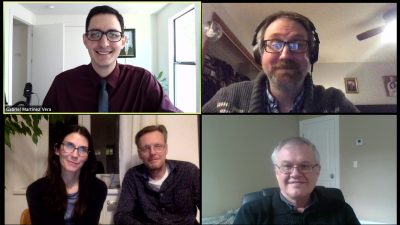A special issue of Sign Language & Linguistics in memory of Irit Meir was recently published, guest edited by Diane Lillo-Martin, Wendy Sandler, Marie Coppola, and Rose Stamp, who also wrote the introductory article “Irit Meir”.
The issue also contains the article “Person vs. locative agreement: Evidence from late learners and language emergence” by Lily Kwok (MA 2019), Stephanie Berk (PhD 2004), and Diane Lillo-Martin.

